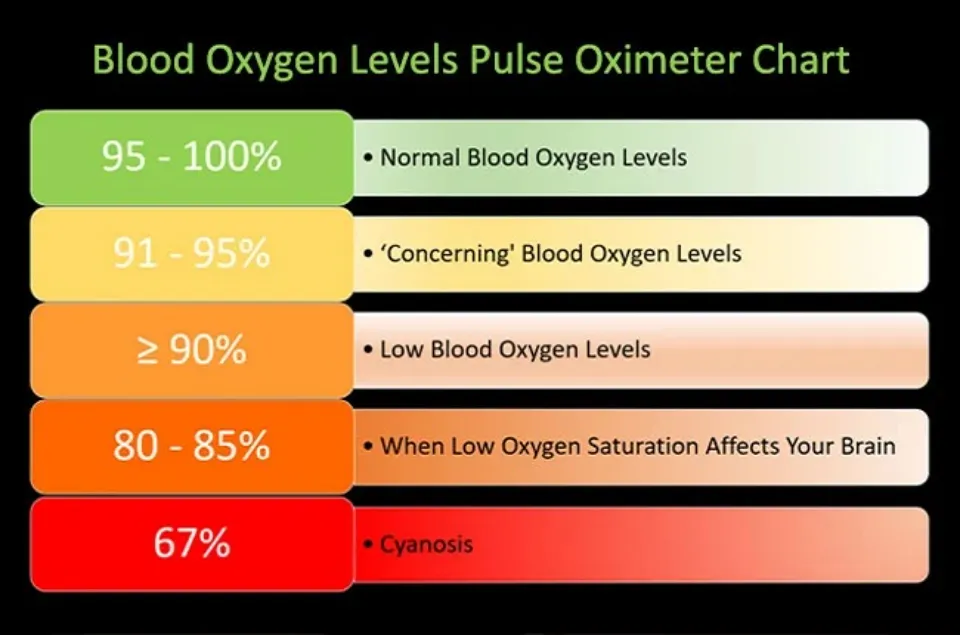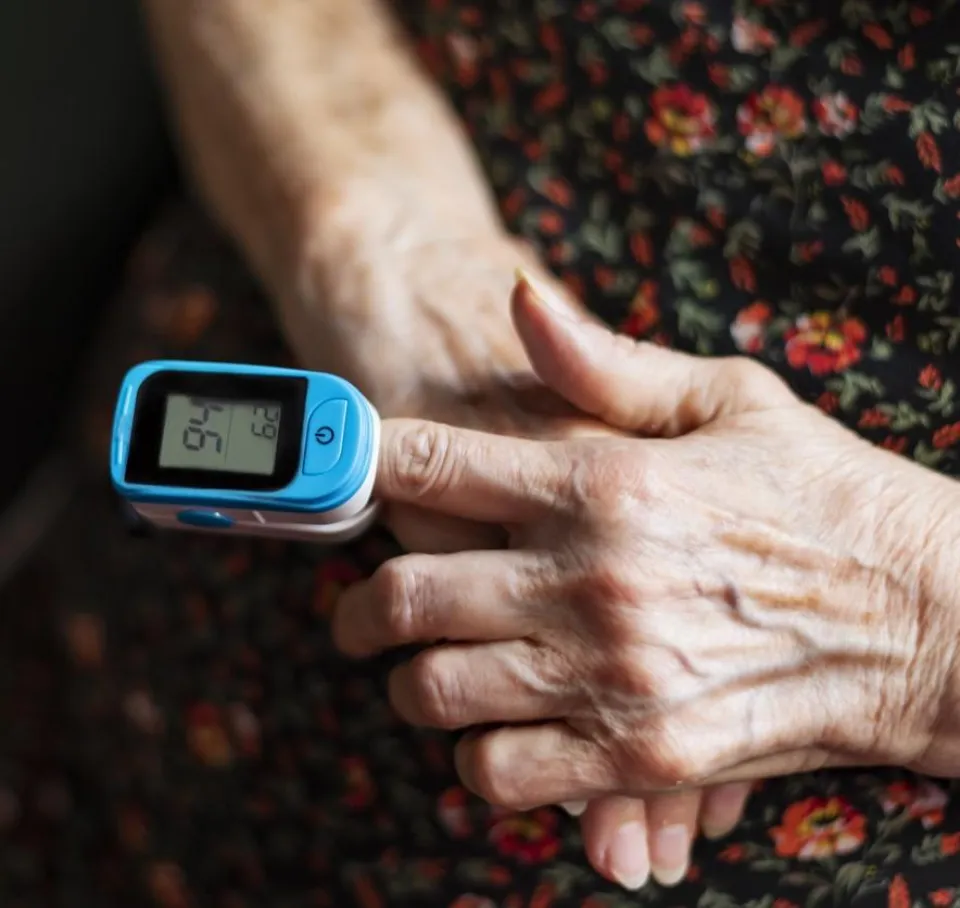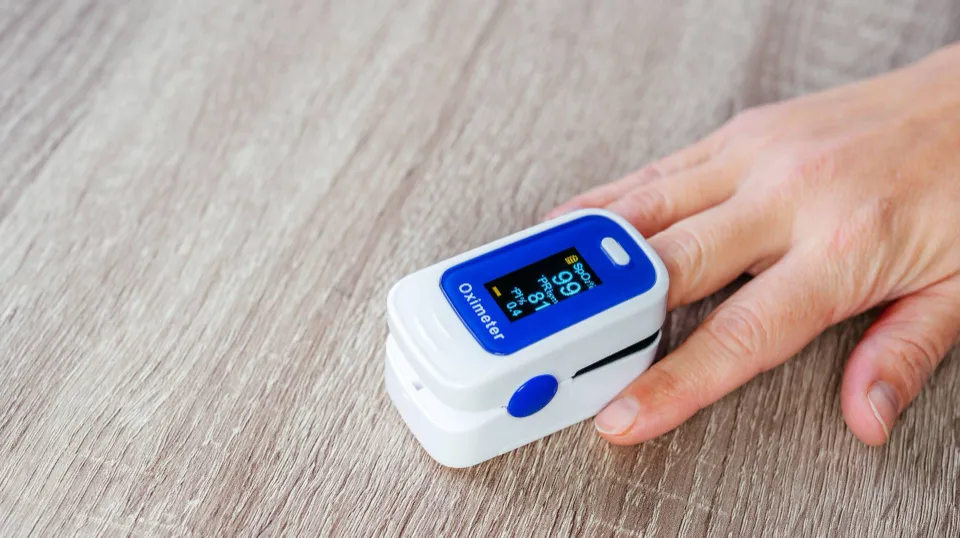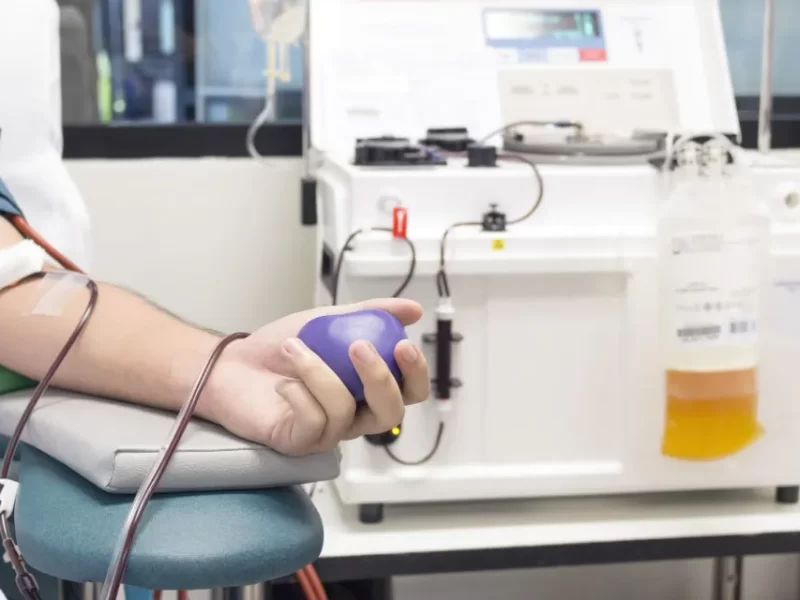Low blood oxygen levels are known as hypoxemia. Hypoxemia can be caused by a wide range of conditions and comes in several different forms. Hypoxemia is a serious condition that, if untreated, can cause organ damage or even death.
Additionally significantly linked to impending death were confusion, an elevated pulse rate (>20% average), low oxygen saturation (90% using pulse oximetry), the death rattle (respiratory sounds linked to secretion movement), and consciousness level (responsive to voice, insensitive to pain, or nonresponsive).
Learn more about the body’s blood oxygen levels during hospice care as well as other symptoms by reading on.
Related: What Are the Four Levels of Hospice Care(Solved) – Elder VIP
What is Blood Oxygen Level?
Oxygen enters your bloodstream after passing through your lungs during breathing. Your blood’s oxygen level is determined by the amount of oxygen present. Low levels of blood oxygen can cause serious complications because your body needs a certain amount of oxygen to function properly.
The amount of oxygen that is circulating in your blood is known as your blood oxygen level (also known as blood oxygen saturation).
Our bodies require a specific amount of oxygen to function properly because oxygen is necessary for life. When you breathe in (inhale), oxygen enters your body through your mouth or nose and travels through your lungs into your bloodstream. The oxygen then travels to all of the cells in your body via your bloodstream. Your body needs the energy to run all of its processes, including digestion and even thought, and all of your cells require oxygen to produce energy effectively.
Your cells produce carbon dioxide after using oxygen. The carbon dioxide is then returned to your lungs by your bloodstream, where you exhale it through your mouth or nose.
Your body closely controls the amount of oxygen saturation in your blood because low blood oxygen levels, or hypoxemia, can cause a number of serious illnesses and harm to specific organ systems, particularly your heart and brain. Your lungs and/or circulatory system may not be functioning properly if your blood oxygen levels are low.
What is a Normal Blood Oxygen Level?

For the components of your blood that are assessed during a blood oxygen level test, laboratories may have different reference ranges. The information indicating what the lab’s normal ranges are for each measurement will be included with your blood test results when you receive them. Make sure to speak with your healthcare provider if you have any questions regarding your results.
A typical reading on a pulse oximeter for your oxygen saturation level for most people is between 95% and 100%. Your normal oxygen saturation level may be lower if you suffer from a lung condition like COPD or pneumonia. You will be informed of the acceptable levels by your healthcare provider. If you live in an area with a lot of elevation, your oxygen saturation levels might also be lower.
It’s crucial to remember that pulse oximeters are not always precise. The oximeter reading may be between 2% and 4% higher or lower than your actual blood saturation level. Your doctor may perform a blood test to measure your blood oxygen levels for a more precise result.
How Low Can Oxygen Levels Go Before Death?
For any duration, an oxygen content below 88% can be dangerous. A visit to the hospital is necessary if the oxygen level is below 85%. Keep in mind that an oxygen level of 80% or lower puts your vital organs in danger, so it’s crucial to keep a blood oxygen level chart on hand so you know what levels necessitate immediate medical attention.
Confusion, increased pulse rate (>20% average), low oxygen saturation (<90% using pulse oximetry), death rattle (respiratory sounds associated with movement of secretions), and consciousness level (responsive to voice, pain, or nonresponsive) were all also significantly associated with imminent death, with respective.
Hypoxemia is characterized by low blood oxygen levels. Hypoxemia can be caused by a wide range of conditions and comes in several different forms. Hypoxemia is a serious condition that, if untreated, can cause organ damage or even death.

What Are Other Physical Signs of Impending Death?
- Different sleep and wake cycles.
- Very little thirst and appetite.
- Smaller and fewer bowel movements, as well as less urine.
- More pain.
- Modifications to breathing, heart rate, and blood pressure.
- Their skin may become cool, warm, moist, or pale due to fluctuations in body temperature.
- Sleeping More: A few months prior to passing away, the patient may start sleeping more and waking up less frequently.
- Reduced Appetite. Energy requirements decrease as bodily activities do.
- Becoming Less Social.
- Pain in the body is worse.
- Labored Breathing
Summary
Before entering hospice care, a patient’s blood oxygen level could be as low as 80%. Contact the doctor and nurse right away if a patient receiving hospice care exhibits these symptoms.
FAQs
How Long Can A Person Survive With Low Oxygen Levels?
Most people will die within 10 minutes of total oxygen deprivation. Those in poor health often die much sooner. Some people may suffer other medical catastrophes, such as a heart attack, in response to oxygen deprivation.
At What Level Of Oxygen Death Occurs?
Fainting and unconsciousness begin to occur at 8 percent to 10 percent oxygen. Death occurs in 8 minutes at 6 percent to 8 percent oxygen; recovery is possible after 4 to 5 minutes if oxygen is restored.



